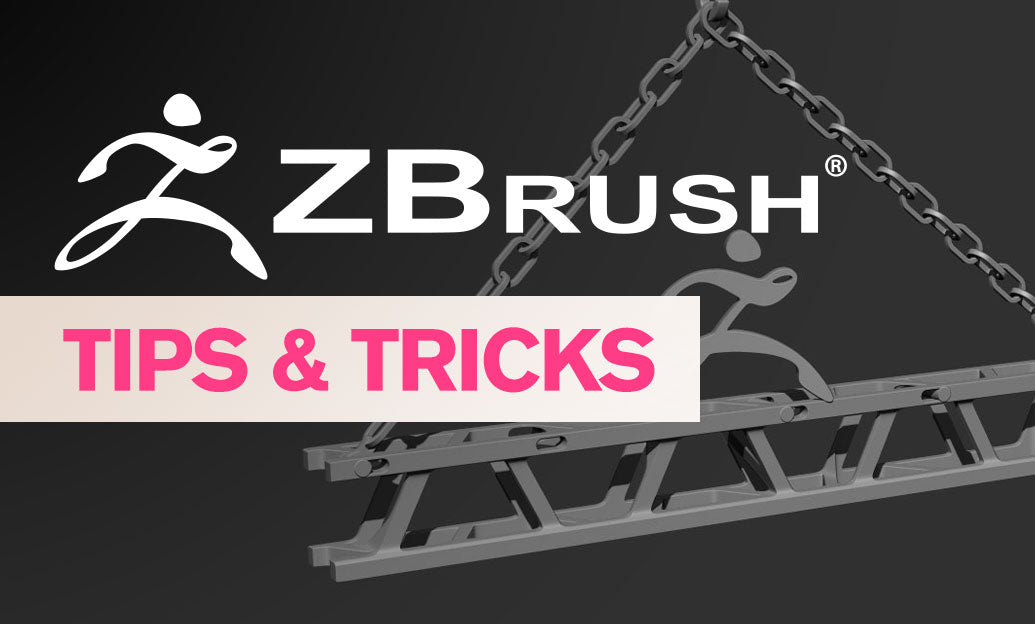Your Cart is Empty
Customer Testimonials
-
"Great customer service. The folks at Novedge were super helpful in navigating a somewhat complicated order including software upgrades and serial numbers in various stages of inactivity. They were friendly and helpful throughout the process.."
Ruben Ruckmark
"Quick & very helpful. We have been using Novedge for years and are very happy with their quick service when we need to make a purchase and excellent support resolving any issues."
Will Woodson
"Scott is the best. He reminds me about subscriptions dates, guides me in the correct direction for updates. He always responds promptly to me. He is literally the reason I continue to work with Novedge and will do so in the future."
Edward Mchugh
"Calvin Lok is “the man”. After my purchase of Sketchup 2021, he called me and provided step-by-step instructions to ease me through difficulties I was having with the setup of my new software."
Mike Borzage
ZBrush Tip: Enhancing Realism in ZBrush: Expert Techniques for Polypaint Texturing
July 28, 2024 2 min read

Welcome to today's tip focusing on Creating Lifelike Textures with Polypaint in ZBrush, brought to you by NOVEDGE (https://novedge.com/), your go-to source for all things related to 3D design. Polypainting is a powerful feature in ZBrush that allows artists to paint directly on a model's surface without the need for UV mapping. Here are some professional insights to enhance your texturing workflow:
- Start with a High-Resolution Model: Before you begin Polypainting, ensure that your model has enough polygons to support detailed textures. Higher subdivision levels can capture finer details.
- Choose the Right Brushes: ZBrush offers a variety of brushes specifically designed for painting. Experiment with brushes like Standard, Clay, and Spray to achieve different effects and textures.
- Utilize Layers: Painting on layers within ZBrush provides you with flexibility. You can adjust the intensity of each layer, enabling non-destructive editing and experimentation with color variations and design changes.
- Employ Spotlight: Integrate Spotlight into your Polypaint workflow to project photo-reference textures onto your model. This can rapidly increase the realism of your texture work.
- Use Alphas and Stencils: Apply alphas or stencils to introduce intricate surface details such as scales, wrinkles, or fabric patterns, enhancing the lifelike quality of your textures.
- Polypaint with Color Spray: The Color Spray stroke, combined with alphas, can produce a natural variation in your Polypaint application, mimicking the stochastic nature of real-world surfaces.
- Adjust Material Settings: Combine Polypaint with different material settings to create complex surface appearances. Changing the material properties can significantly affect how the color looks on your model.
- Refine with HD Geometry: For ultra-fine detail work, consider using HD Geometry to subdivide your model further where needed, allowing for extreme close-up detail without overloading the entire mesh.
- Texture Seams and Transitions: Pay attention to how different materials and textures transition on your model. Blend seams carefully to enhance realism, especially when dealing with organic models.
- Final Touches: After Polypainting, you can export your textures for use in other applications or refine them further using ZBrush's filters or in external image editing software.
Remember that Polypaint is a versatile tool in ZBrush, and mastering it can greatly contribute to the believability of your digital creations. To explore a wide range of ZBrush products and find the one that best suits your creative needs, visit NOVEDGE (https://novedge.com/products/pixologic).
```You can find all the ZBrush products on the NOVEDGE web site at this page.
Also in Design News

ZBrush Tip: Mastering the Chisel Organic Brush for Realistic Digital Sculpting in ZBrush
February 18, 2025 2 min read
Read MoreSubscribe
Sign up to get the latest on sales, new releases and more …




